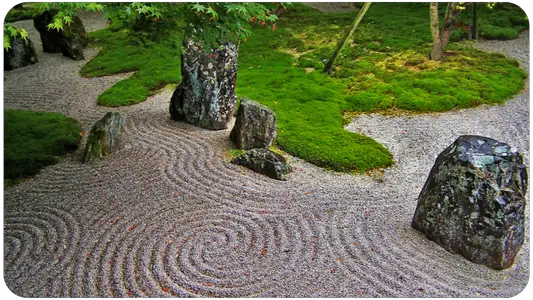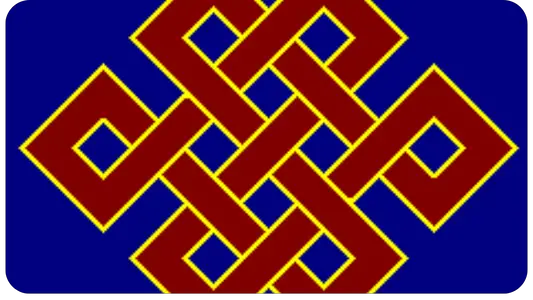Kammaṭṭhāna (Pali, Skt.: karmasthana; literally "practice area"; similar term: Bhāvanā - mind development; in Thai: กรมฐาน, pronounced: [kamˑmáˑtʰǎːn]) figuratively refers to a place within the mind where one can retreat to work on one's spiritual advancement.
Kammaṭṭhāna means a meditation practice aimed at removing from the heart any aspect of "delusion," "the passions clouding the mind" (kilesa), desire (taṇhā), ignorance, or "not seeing" (avijjā-see Three Poisons of the Mind), so as to break the mind's connection to the cycle of repeated births and subsequent death.
Kammaṭṭhāna also often refers to a special direction in the Thai forest tradition, as practiced by the famous meditation masters Ajahn Sao Kantasilo and Ajahn Mun Bhuridatta.
More specifically, it is the 40 objects of meditation (bhāvanā) as written down in the third chapter of the Visuddhimagga. A meditation teacher will gradually tell the practitioner all 40 Classical Objects for deepening, depending on the student's temperament and spiritual progress:
The first ten Kammaṭṭhāna are the ten Kasina exercises; they are things that can be directly glimpsed:
Earth (1), water (2), fire (3), wind (4), blue (5), yellow (6), red (7), white (8), light (9), limited space (10).
The next ten objects are the "disgust objects" (Asubha):
Bloated corpses (1), blue-stained (2), purulent (3), split open (4), gnawed on (5), strewn about (6) or chopped up and strewn about (7), bloody (8), worm-eaten corpses (9), and the skeleton (10).
The ten contemplations (anussati) follow:
the first three are the Three Jewels, (1) Buddha, (2) Dhamma, and (3) Sangha;
the next three are the virtues of (4) morality (sīla), (5) munificence (dāna), and (6) celestial beings (deva);
these are followed by (7) death, (8) the body (kāya), (9) the breath (prāna) or breathing in and out (ānāpāna), and (10) peace.
Further, there are the four "Divine Abiding States" (brahmavihāra): (1) kindness (mettā), (2) compassion (karunā), (3) fellow joy (muditā), (4) equanimity (upekkhā),
the four "incorporeal realms" (arūpâyatana): (1) infinite space, (2) infinite consciousness, (3) infinite nothingness, (4) neither perception nor non-perception,
the idea of disgust for food (āhāre patikūla-saññā),
and the analysis of the four elements (catu-dhātu-vavat-thana): earth (pathavī), water (āpo), fire (tejo), and air (vayo).
The Honorable Ajahn Man has repeatedly emphasized in his writings that although Kammaṭṭhāna is actually a technical expression, and has a special meaning for the dhutanga bhikkhus, the true basis of Kammaṭṭhāna can be found in everyone, ordained monks or laymen.
It has been taught to the new monk during the ordination ceremony since the time of the Buddha. It is the five basic Kammaṭṭhāna on the components of the body: main hair (kesa), body hair (loma), nails (nakhā), teeth (dantā), and skin (taco), upon which further meditation-guided by a responsible teacher-can build.





